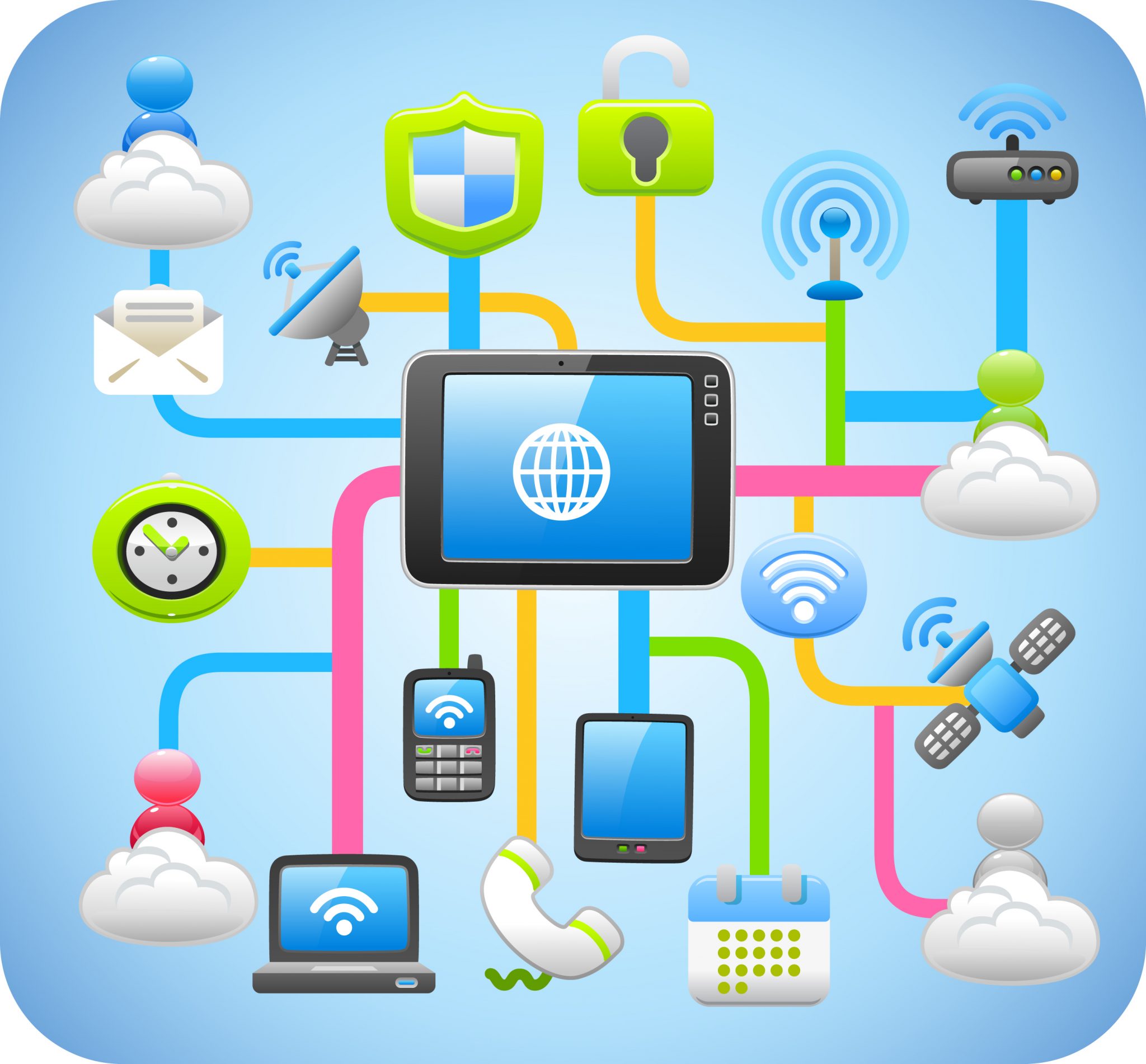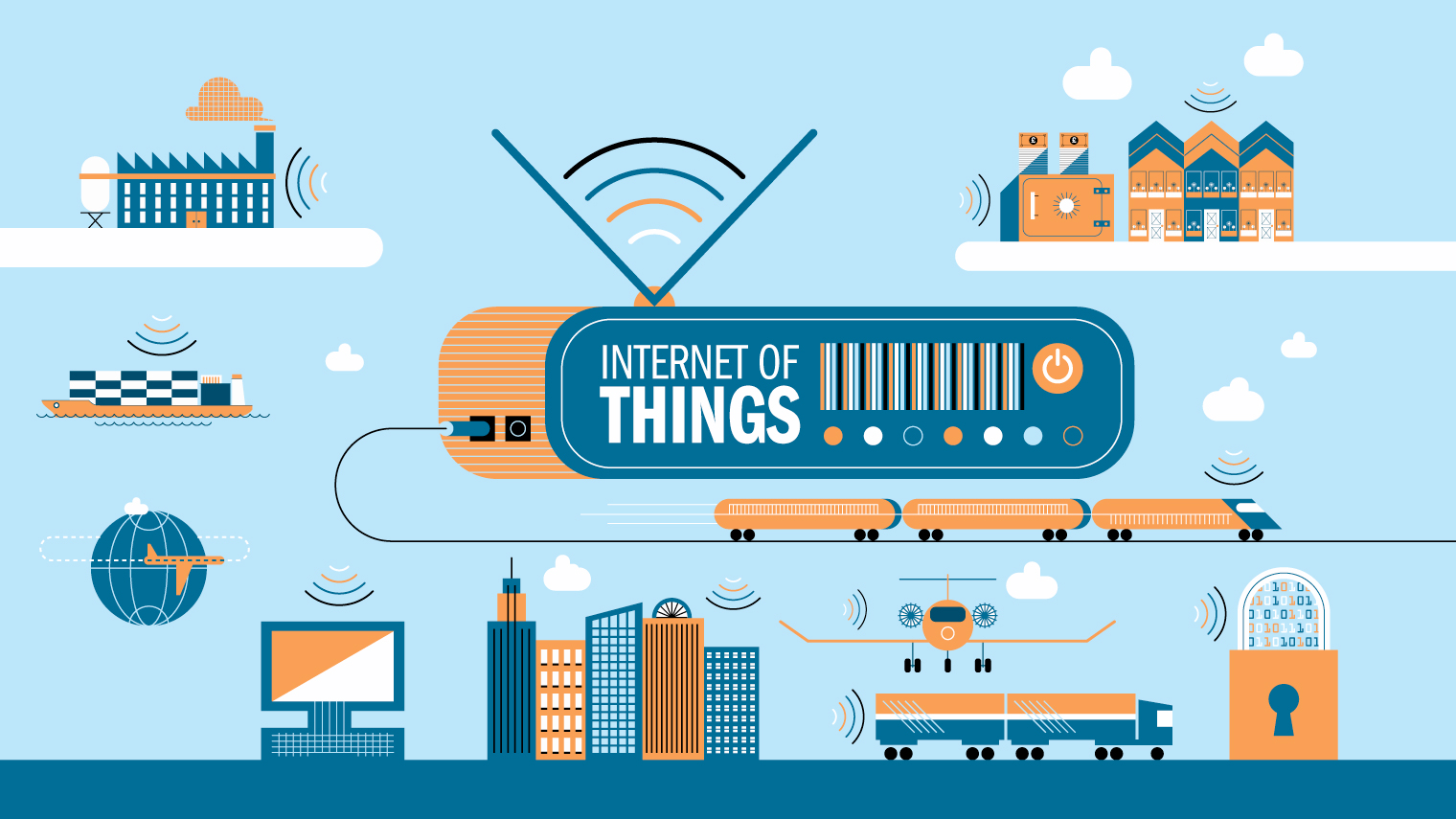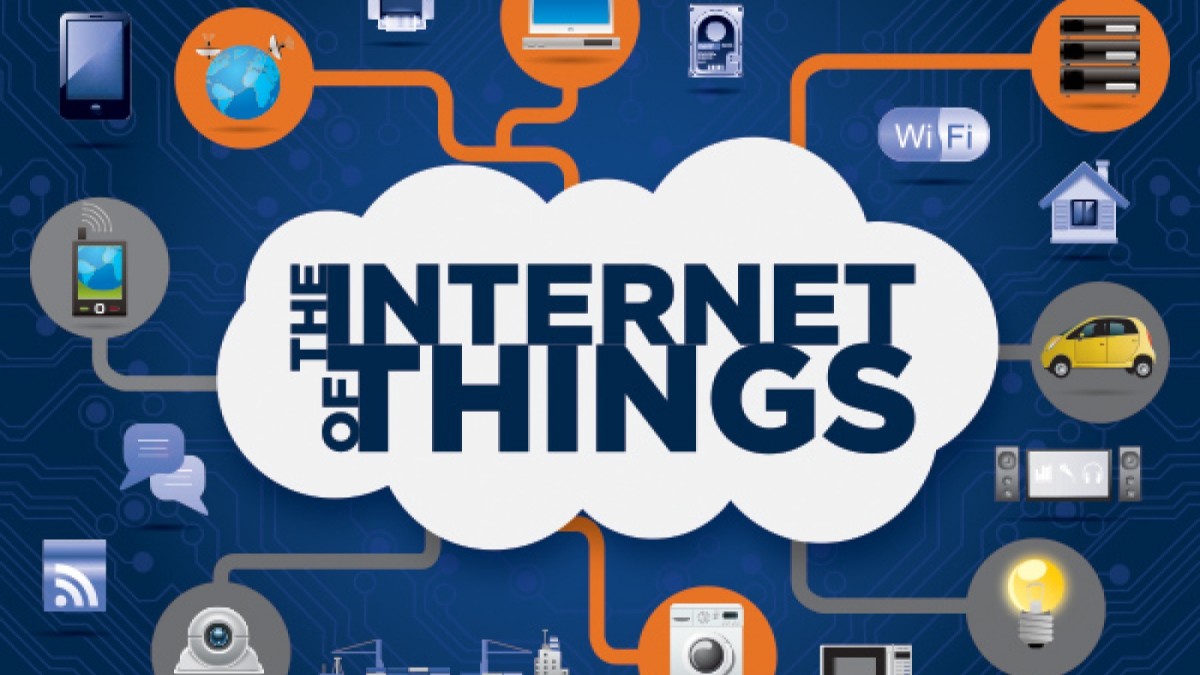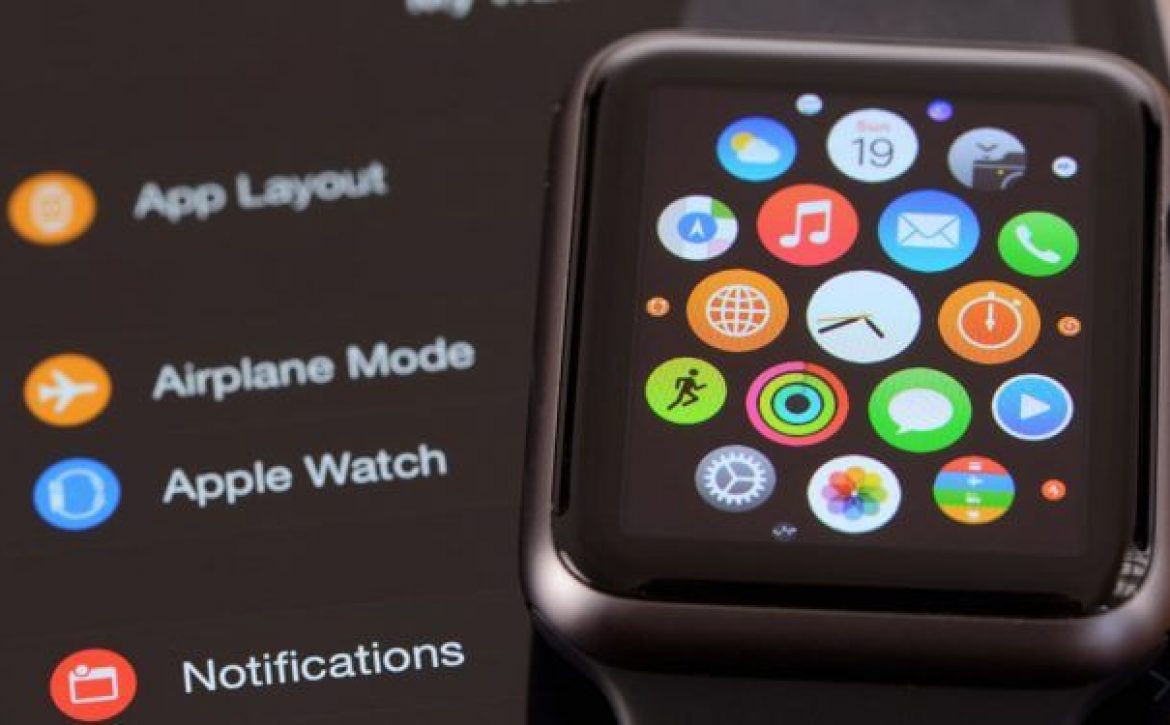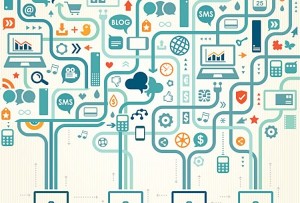Internet of Things: A simple discovery of innovation
Revolutionary technological advancements have taken the entire world by a storm. Amongst several other sectors, it is the business arena reaping the benefits of tech innovations the most. From integrated business functioning to cloud computing, there has been a revolution in the business world. And the consequences have been quite impressive. Businesses have become more productive than they were a few years before.
The latest addition to this list of extraordinary tech innovations is termed as Internet of Things or IOT. By establishing strong connections between numerous devices over the virtual platform, IoT apparently makes it easier to carry out crucial business functions.
From connecting security cameras and sensors to production machines and vehicles, IoT integrates every operation within your existing business framework. What you achieve as the result is a superbly connected and highly functional enterprise.
If market predictions are anything to go by, then you can expect to have nearly 14-billion connected things and devices by the end 2022. It is this prediction that arouses a crucial thought in our minds. Is the ‘Internet of Things’ or IoT worth the popularity and buzz it’s enjoying. Or is it just another simple tech discovery?
Discovery or innovation
Most of us don’t possess a crystal clear idea about integrated business functioning. We often fail to comprehend the true connotation of ‘connected devices.’ Developing an idea about these two critical business aspects will help you dive deep into this discussion.
According to the technical definition of ‘Internet of Things’, it is the technology that connects various devices within your enterprise, thus resulting in smooth business operation. And the most intriguing fact is that IoT proves to be beneficial for business owners as well as consumers.
Here’s how.
Benefits for businesses
Connected devices offer you access to crucial business data. And by now, we all know the significance of data analytics. As a passionate entrepreneur, you will have the opportunity to delve deep into new insights provided by these data sets, thus opening up new avenues for unique business models, new insights, as well as revenue streams.
Business owners will also have the chance to create new products and services capable of complementing their existing business technology. Some of the other advantages include:
- Business-customer interactions: IOT plays a highly significant part in revolutionizing business-customer interactions. Customers and businesses no longer meet just at the sales point but engage in a productive relationship over a long period. As long as the consumer places reliance on your services and uses your products, this relationship continues.
- Using connected devices personally: Using IOT devices personally, will also bring about numerous benefits. Consumers will enjoy a highly comfortable, secured, and entertaining life with connected devices. Cost savings, proper resource allocation, and efficiency gains are some of the exclusive benefits ensured by IoT.
Final thoughts
IoT takes the machine-to-machine or M2M concept even further. While M2M solely focuses on device connections, IOT takes it further by connecting things, users, and enterprises along with it. With such features, we can reliably tout IOT as the next big thing in the tech arena.


